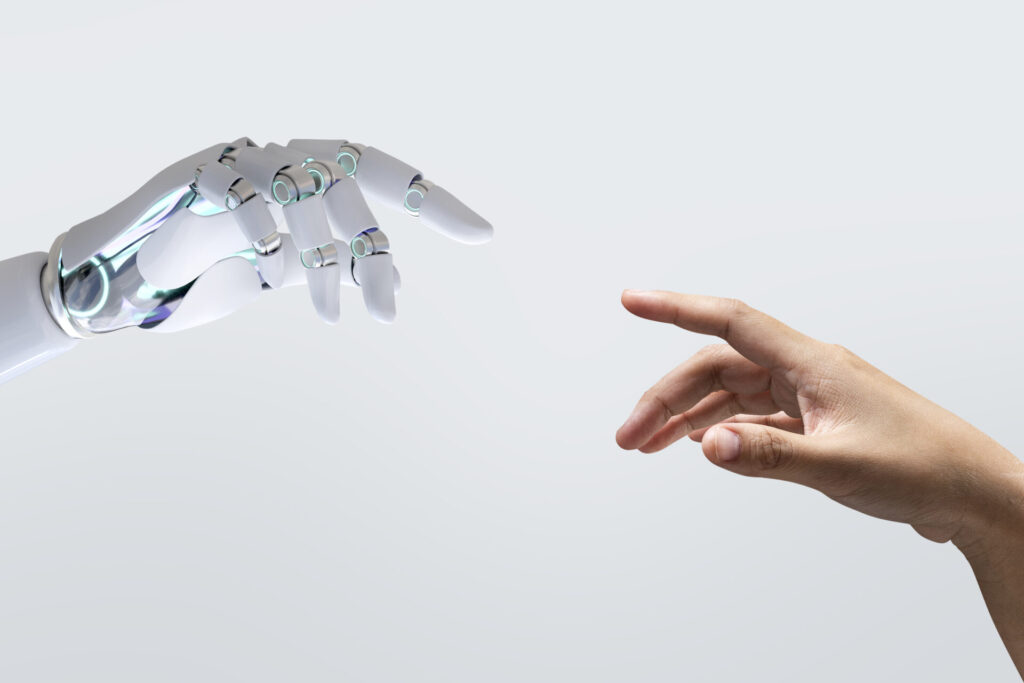UI/UX design is at the core of creating meaningful digital interactions. By blending art and science, it ensures technology becomes user-friendly and visually appealing. This article explores the critical aspects of UI/UX design, its transformative trends, fundamental principles, and actionable insights for designers and businesses alike.
1. Defining UI/UX Design
What Is UI Design?
UI, or User Interface design, encompasses all visual elements users interact with on digital platforms. It focuses on aesthetics and the interface’s functionality to create an intuitive and appealing user experience.
What Is UX Design?
UX, or User Experience design, emphasizes the user’s journey and satisfaction with the product. It ensures the platform is easy to use, accessible, and aligns with the user’s expectations.
Why the UI/UX Combo Is Crucial
UI without UX is like a beautiful car without an engine—visually impressive but not functional. Together, they ensure that products are both usable and delightful.
2. The Growing Importance of UI/UX Design in a Digital World
UI/UX design has become a key differentiator in a competitive market.
Enhancing User Retention
A well-designed platform keeps users engaged. People are more likely to return to an app or website that is intuitive and visually pleasing.
Boosting Conversion Rates
From e-commerce to SaaS platforms, optimized UI/UX design guides users toward desired actions, such as making a purchase or signing up.
Strengthening Brand Loyalty
Good design speaks volumes about a brand’s professionalism. Users tend to trust platforms that prioritize their experience.

3. Emerging Trends in UI/UX Design
1. AI and Machine Learning in Personalization
AI-driven tools analyze user behavior to provide personalized content and recommendations. For example, Netflix’s recommendation engine is a prime example of UX powered by AI.
2. Voice and Gesture Interfaces
Voice commands and gesture controls are becoming mainstream, making interactions faster and more natural. These technologies are pivotal for accessibility and convenience.
3. AR/VR Integration
Augmented and Virtual Reality are transforming industries like gaming, retail, and real estate by offering immersive experiences. For example, IKEA’s AR app lets users visualize furniture in their homes before purchasing.
4. Biometric Authentication
Features like fingerprint scanning and facial recognition enhance security while improving UX by simplifying login processes.
5. Advanced Micro-Interactions
Micro-interactions, such as subtle button animations or haptic feedback, add personality to interfaces and improve user engagement.
4. Core Principles of Effective UI/UX Design
User-Centered Design
Understanding your audience is the cornerstone of great design. Conduct user interviews, surveys, and usability testing to uncover what your users truly need.
Consistency Across Platforms
Users expect consistency in fonts, colors, and navigation across web and mobile interfaces.
Accessibility for All
An inclusive design ensures platforms are usable by everyone, including those with disabilities. Features like screen readers, keyboard navigation, and high-contrast themes are essential.
Responsive Design
Responsive design adjusts layouts based on screen size, providing a seamless experience on desktop, tablet, and mobile devices.

5. Applications of UI/UX Design in Various Industries
1. E-Commerce
The success of online stores depends on intuitive UI/UX. Examples include:
- Simplified Product Search: Filters and sorting features to make browsing efficient.
- One-Click Checkout: Reduces friction during the purchasing process.
2. Healthcare
UI/UX in healthcare applications improves patient outcomes by:
- Providing user-friendly dashboards for doctors and patients.
- Simplifying appointment scheduling and prescription management.
3. Education
Digital learning platforms use UI/UX design to:
- Make learning interactive with gamification.
- Personalize content based on user progress and preferences.
4. Entertainment and Media
Streaming platforms like Spotify and Netflix rely on UI/UX to:
- Offer personalized content recommendations.
- Ensure easy navigation between categories.
6. Challenges in UI/UX Design
1. Balancing Aesthetics and Functionality
Overly complex designs can confuse users, while overly simple ones may seem unprofessional. Striking a balance is essential.
2. Designing for Diverse Users
Global platforms need to account for cultural differences, language barriers, and varying levels of digital literacy.
3. Keeping Up with Rapidly Changing Trends
UI/UX designers must stay updated with evolving trends and technologies to remain competitive.

7. The Future of UI/UX Design
Sustainability in Design
With growing awareness about environmental concerns, digital platforms are adopting energy-efficient designs, such as lightweight code and dark mode interfaces.
Data-Driven Design Decisions
Analytics tools provide insights into user behavior, enabling designers to make informed improvements.
The Rise of No-Code Tools
Platforms like Webflow and Figma empower non-designers to create professional-grade interfaces, democratizing UI/UX design.
Augmented Reality Commerce
The future of e-commerce will involve AR experiences, allowing users to virtually “try before they buy.”
Conclusion
UI/UX design has evolved from a complementary discipline to a business-critical function. By embracing user-centered approaches, leveraging emerging technologies, and addressing industry-specific needs, designers can create experiences that delight and inspire. As the digital landscape continues to grow, the role of UI/UX will remain indispensable in shaping the way users interact with technology.
Until next time explore webkeyz’s case studies
and Keep Thinking!





